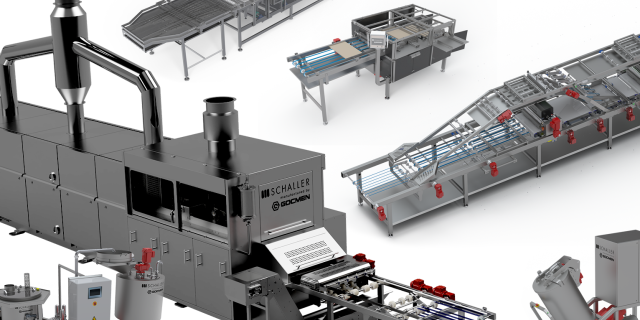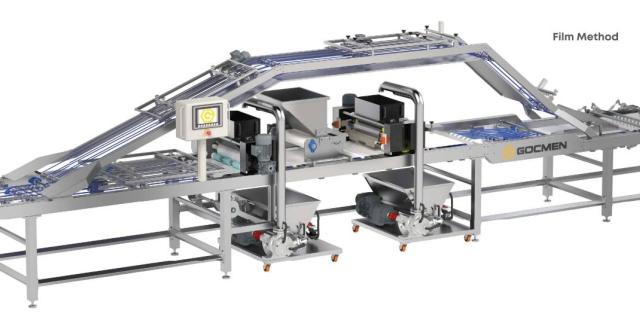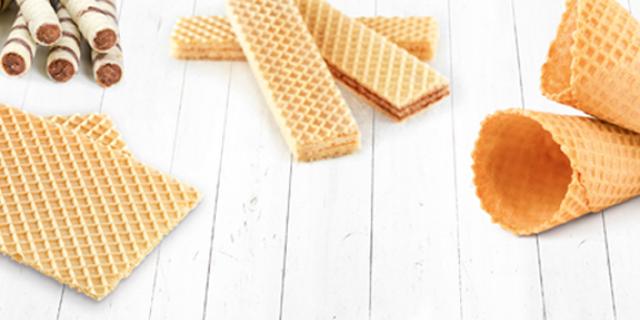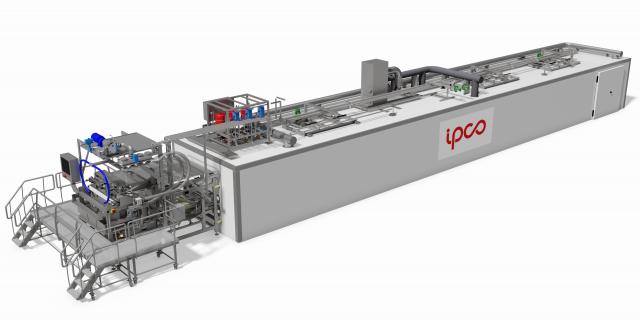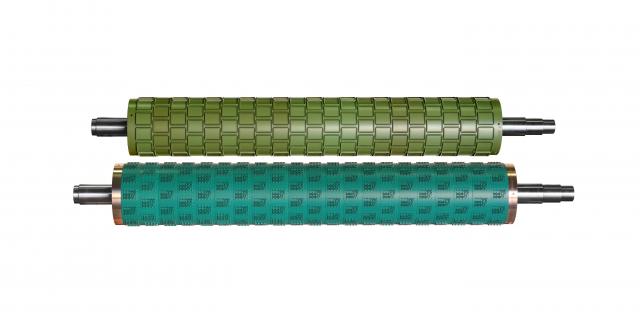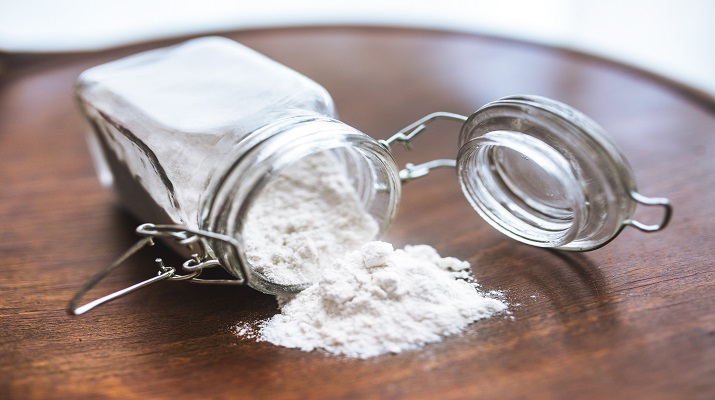
The Chemistry Behind Baking Powder
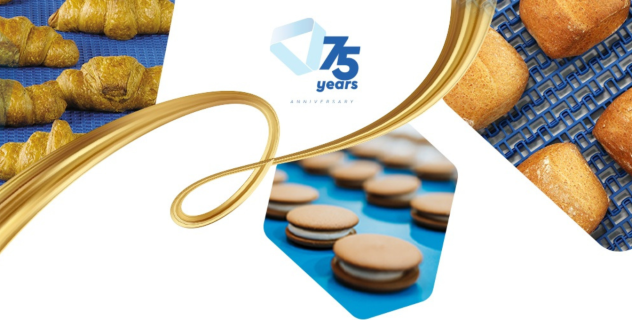
For decades, Ammeraal Beltech has been part of the solution, supporting the industry with food-safe belts and accessories that reduce or eliminate the...
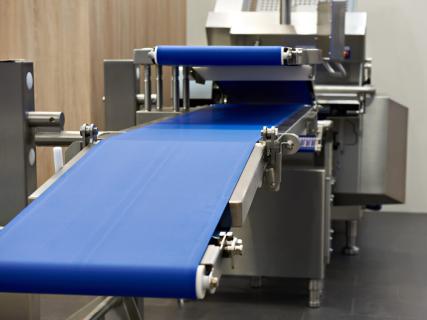
Dectyl XMD is a conveyor belt designed for food safety. If it ever breaks and fragments end up in your product, those pieces can be detected by X-ray...
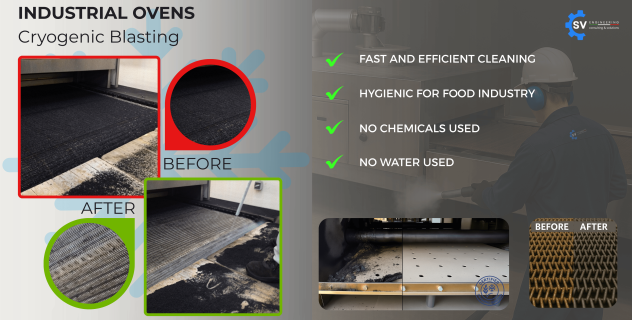
Cryogenic Blasting: innovation and sustainability for industrial cleaning
